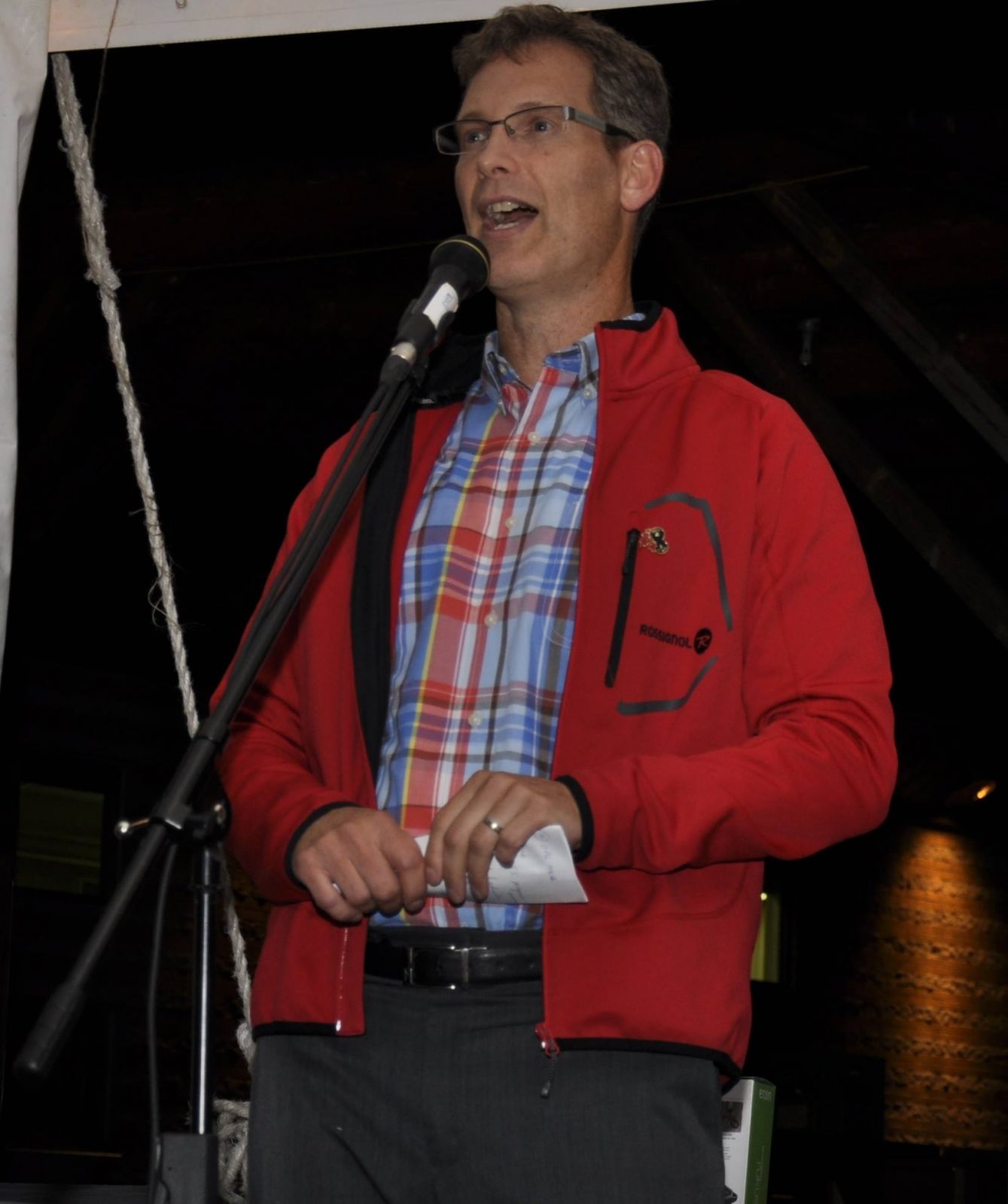CORNWALL, Ontario – If you plan to dump eight billion litres of raw sewage you risk criticism from the executive director of the St. Lawrence River Institute of Environmental Sciences in Cornwall, Ont.
The river forms part of the boundary between Canada and the U.S., connects the Great Lakes with the Atlantic Ocean, and inspired the second track from David Usher’s 1998 album Little Songs.
It’s also a passion and career for Dr. Jeff Ridal, the River Institute’s chief research scientist. Yet the City of Montreal plans on dumping the aforementioned untreated wastewater.
The federal government ordered a halt on Wednesday under the Fisheries Act to construction work that would see the raw sewage dumped into the waterway, pending further scientific analysis from Environment Canada.
“An independent scientific review by a third party will ensure the best possible protection for the St. Lawrence,” Environment Minister Leona Aglukka said in a statement.
Ridal says the river institute is not in favour for two reasons: (1) it will discharge materials into the St. Lawrence River including sanitary materials and particulate matter that are normally removed by wastewater treatment and that have the potential to negatively affect the river; and (2) it sends a very conflicting message to the general public and other dischargers that certain entities are allowed to release raw waste while at the same time others are not. For instance, it is very difficult to imagine the Ministry allowing an industrial plant to discharge this volume of raw sewage into a water body as a result of a maintenance project.
“An overarching concern respecting this situation is the decision-making process that has led us to this point of perceived ‘no other option’ for the City of Montreal,” said Ridal. “We would be interested to know about the decisions made during the project planning process; surely it was recognized at the earliest stages of the project that the need for wastewater diversion would occur. What options for diversion and treatment were explored prior to opting for a direct discharge and what was the decision process?”
Ridal answered a few more questions about the planned sewage dump and Environment Canada’s scientific analysis.
What impact might this have on the local environment especially for Cornwall and other nearby communities along the river?
As the discharge event would be downstream of Cornwall and nearby river communities (i.e. it will flow from Montreal towards Quebec City), we cannot envisage impacts to our local ecosystem (Cornwall).
Some of the leading scientists who have studied the Montreal sewage plume and its impacts on the St. Lawrence River have provided a statement concerning potential impacts of this discharge event through the Groupe de Recherche Interuniversitaire en Limnologie et en Environnement Aquatique (GRIL).
The main effects are expected to be related to the additional discharges of particulate matter and sanitary materials that would normally be removed by the wastewater treatment plant, including the deposition of these unsightly materials in downstream areas.
The GRIL scientists do point out, however, that these effects may be incrementally small given that the river flow is very large (approximately 7000-8000 cubic metres per second) relative to the expected rate of discharge (13 m3/s). The proposed discharge will occur at 26 points along the south shore of the island of Montreal.
Additionally, it must be recognized that the Montreal wastewater treatment plant does not disinfect the treated wastewater that is currently discharged into the River and therefore does not remove pathogens associated with the discharge. As well, only small percentages of the pharmaceuticals and other potential endocrine disrupting substances in the wastewater are removed by the existing wastewater treatment plant. In this context, this proposed discharge represents a small impact relative to the continuous discharge from the existing treatment system and focus should be placed on upgrading this system to reduce the continuous discharges that occur.
The GRIL scientists also point out that during rain events there are discharges from combined sewer overflows directly to the river (this occurs in many places throughout the Great Lakes and St. Lawrence River) and therefore the public should be aware that some direct discharge of sewage to the river is not uncommon.
Do you think cuts to Environment Canada impact their ability to do a proper assessment of the risks?
Our view is that Environment Canada (EC) retains the necessary people, particularly at the Centre St. Laurent based in Montreal, that have the capacity to undertake a proper risk assessment related to the proposed discharges. However, it may be that cuts at EC have impacted their ability to undertake this assessment in a timely manner; we are unable to determine whether this is the case as it depends on individual case-loads and management priorities at EC.
For more information, visit www.facebook.com/StLawrenceRiverInstitute.



